One of the best methods for marketing your company in a field that is getting more and more competitive is search engine marketing, or SEM. Search engine marketing is the most efficient way to market your products and build your brand because there are so many companies competing for the same consumers’ attention online.
In this blog, we will help you in understanding every aspect of search engine marketing and we promise you that this blog would be sufficient for you to understand what is search engine marketing and how does it work.
But first I would like to address the most basic questions about this subject.
let’s get into it.
Table of Contents
ToggleWhat is search engine marketing?
Typically Search Engine Marketing is used to refer to paid search advertisement campaigns, like Google Advertisements, which is important for businesses to rank in result pages. But some may use it to relate to all marketing conduct that takes place within a search engine, whether they’re paid or not.
Definition:
Principally SEM is defined by the sets of tools, ways, and strategies that help optimize the visibility of websites and web pages through search engines. To, put it simply, the ideal of SEM is to gain better Search engine positioning on Google and other matching sites.
Google search results pages and other locations often display two types of results:
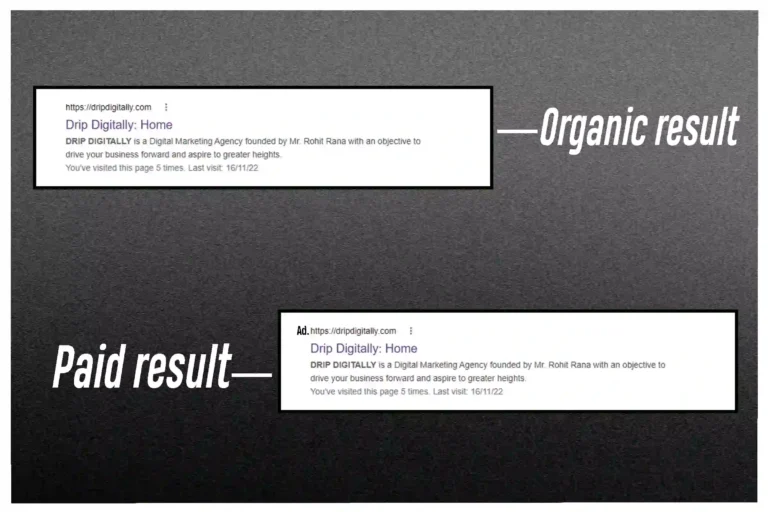
- Organic results – To know which result to show, the search engine uses an algorithm that tells you which website best responds to a specific query. Google’s algorithm is grounded on relevancy with web content and authority with links from other pages. The set of ways and tools used to place organic tables is known as SEO.
- Paid results – Unlike organic listings, now the advertiser must pay for each click. To get business by buying advertisements in search engines, you’ll have to resort to search engine advertising results, similar to Google advertisements. This system is also called pay-per-click or cost-per-click.
SEM encompasses both SEO ways and search engine advertising.
In this blog, we will address SEM to relate to search engine advertising and paid advertising.
How does search engine marketing work?
Search engine marketing (SEM) is a sort of online marketing in which websites and web pages are promoted through paid ads on search engines. It comprises a variety of strategies, including pay-per-click (PPC) advertising, cost-per-impression (CPM) advertising, and display advertising.
The following is how search engine marketing performs:
- Determine your target keywords: The first stage in search engine marketing is to discover the keywords and phrases that seem to be appropriate for your company and will be targeted in your advertising campaigns.
- Develop advertisements: Then, you will make advertisements that are related to your desired keywords and will be presented to people when those keywords are searched for on a search engine.
- Set a budget for your advertising campaigns: This will define how much you are prepared to pay for each click or impression.
- Ad placement: You will next select where you want your advertising to appear, for example on search engine results pages (SERPs), specific websites, or mobile applications.
- Finally, you will monitor and measure the effectiveness of your advertising campaigns through tools like Google Analytics to understand how your advertisements are doing and to do any modifications to improve your campaigns.
Therefore, search engine marketing may be a powerful tool for driving targeted visitors to your website as well as generating leads and sales. To achieve the greatest potential outcomes, it is critical to thoroughly plan and carry out your campaigns.
Why search engine marketing is important?
The importance of Search Engine Marketing is:
- Bring a lot of capable traffic to your page – Attracting the right users to your landing pages is one of the foundations of any digital marketing strategy. By allowing users to sludge based on the words they seek, search engine marketing is extremely effective in attracting users’ attention and generating clicks. This ensures that the people who visit your site are motivated by your image.
- Make your company or brand known all over the world – Getting to the top of Google is a great way to increase brand visibility. Even if the user does not click on your page, simply seeing it will allow them to associate it with the need that they are looking to solve.
- Convert – Google advertisements provide numerous ways to measure conversions and thus ensure that your advertisements are effective.
- Get results on a tight budget – Search engine advertising results can be tailored to your budget at any time. Because there is no need for a large initial investment, these are ideal for small and medium-sized businesses. However, if your brand is growing, the sky is the limit!
Finally, with search engine marketing Google advertisements results, you can’t only place ads in the search engine, but also take advantage of the data and parameters available to place contextual advertising on other websites. The possibilities of personalization are veritably high. Combined with your search engine advertising campaigns, these can be important tools to grow your brand.
Assuredly, search engine marketing is an important tool for nearly all types of brands. To estimate when and how to use it rightly, let’s look at some of the benefits and limitations.
What are the benefits of search engine marketing?
The benefits of Search engine marketing are as follow-
- Largely measurable – It’s largely measurable. Tools like Google advertisements give you largely detailed reports of the elaboration of your campaign, so you can always know what’s occurring with your advertisements. What’s more, you can exploit the reconciliation with examination to have everything controlled flawlessly.
- Real-time monitoring – The analytics associate allows you to see what’s going on at each moment and corrects the course if you don’t get the results you’re looking for.
- Pay per click – With this, you’ll only pay if you get results. You can control the maximum day-to-day budget that you’re willing to invest as well as the maximum cost per click you can pay. Along these lines, you ensure that the mission is productive.
- Speed – Regarding other ways similar to SEO or content marketing, search engine advertising allows you to achieve fairly quick, large-scale results.
- Within everyone’s reach – since, popular investment is scalable; this solution works for both large companies and SMEs. They all contend in equal conditions to reach the first positions for keywords.
- Segmentation – Eventually, another positive aspect is its great segmentation possibilities. By fastening on keywords, you’ll reach the public that’s laboriously interested in you. You can also filter it by other factors similar to location, language, or conduct.
Although the benefits are high, you should also take into account some of its main limitations before getting started.
What are the limitations of search engine marketing?
- High-long-term cost – To be clear, SEM only works while you pay. Although over time you can optimize your campaigns and reduce cost per click, you’ll have to continue paying for each of the visits you get.
- High degree of competition – Search Engine Marketing has turned popular and there are numerous companies that contend to position themselves for the same keywords. This competition causes costs to rise and occasionally it can be delicate to get a good ROI.
- It’s interruptive – As opposed to other results like native advertising, SEM involves “over-running ” the user’s space with content that they didn’t seek out. In fact, if the user you’re targeting has an advertisement blocker, they may not see your advertisements.
What is the scope of search engine marketing (SEM)?
Search engine marketing (SEM) encompasses a wide range of methods and strategies that are used to promote websites and web pages via paid advertising on search engines. SEM may be a powerful tool for driving targeted visitors to a website, generating leads and sales, and raising brand recognition. SEM is important for a website to rank on top of search engines’ result pages.
In this process, you have to create paid advertising campaigns that appear in the search engine result. Advertisers have to pay for target keywords based on their potential customer’s search terms.
It’s mostly measurable. Tools like Google Ads give you very detailed reports on your campaign’s performance, so you always know what’s happening with your ads.
Some of the most common SEM approaches and strategies are:
PPC advertising: This is a type of advertising in which businesses pay a price every time their ad is clicked. PPC advertisements are often displayed on search engine results pages (SERPs) and other websites, and they can be targeted to certain keywords, localities, and demographics.
CPM advertising: This is a type of advertising wherein advertisers pay a price each time their ad is shown. CPM advertising is commonly seen on websites and may be targeted to certain keywords, areas, and demographics.
Display advertising is a sort of advertising in which banner advertisements, video commercials, as well as other types of adverts are placed on websites, mobile applications, and other platforms. Display advertisements may be aimed at certain keywords, geographic regions, and demographics.
Remarketing is a type of advertising in which adverts are targeted to consumers who’ve already visited a website in past or engaged with a brand.
Local search advertising: This is a type of advertising in which a business or service is promoted in a specific locality. Local search advertisements may be focused on certain keywords, areas, and demographics and can appear on the SERP and other websites.
Overall, the scope of SEM is vast and comprises many approaches and strategies for promoting websites and web pages using paid search engine advertising. Compared to other similar forms like SEO or content marketing, search engine advertising gets you results at scale relatively quickly.
Not everyone can afford to do SEM, or perhaps you can but it’s not the way that you wanted to. Don’t worry, it’s not the sole choice you have. You can choose SEO as it is cost-effective.
SEO vs SEM: What's the Difference?
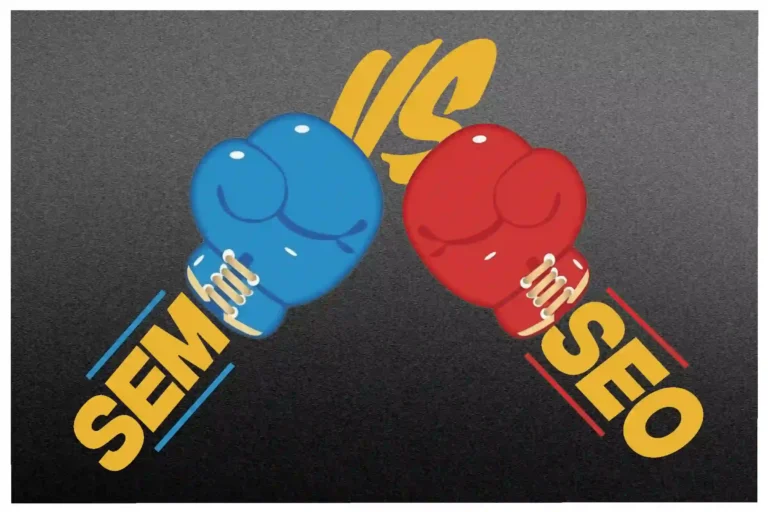
SEM includes paying for advertisements on search engines. Advertisers pay money for their website to look at the search results pages. So any advertisement that you’re seeing in google or any other search engine, advertisers are paying for their listing to be shown there.
SEO is when marketers optimize their website and their content to look on the search results pages. It involves boosting a website’s or web page’s organic position on search engines.
Pay-per-click (PPC) advertising, cost-per-impression (CPM) advertising and display advertising are all examples of SEM methods that include paying search engines to display adverts on the search engine results page (SERP) and on other websites. Advertisers pay a charge every time their ad is clicked or shown, and these advertisements are generally focused on certain keywords and areas.
On the other hand, SEO involves optimizing a website or web page to perform better in organic search engine results. Various techniques, such as keyword research, on-page optimization, and link building, can be used to achieve to improve the website’s or web page’s relevance, effectiveness, and credibility.
SEM and SEO can be combined to increase a website’s or web page’s visibility and effectiveness on search engines because they are complementary strategies. SEM may be an effective method in the short term for bringing in targeted visitors to a website, but SEO can help to improve the website’s organic position and bring in long-term visitors.
What are the different types of search engine for search engine marketing (SEM)?
When we suppose search engines, generally the first thing that comes to mind is Google. But the actuality is that other SEM platforms can also give us good results. These are the three main solutions for search engine marketing:
1. Google advertisements:
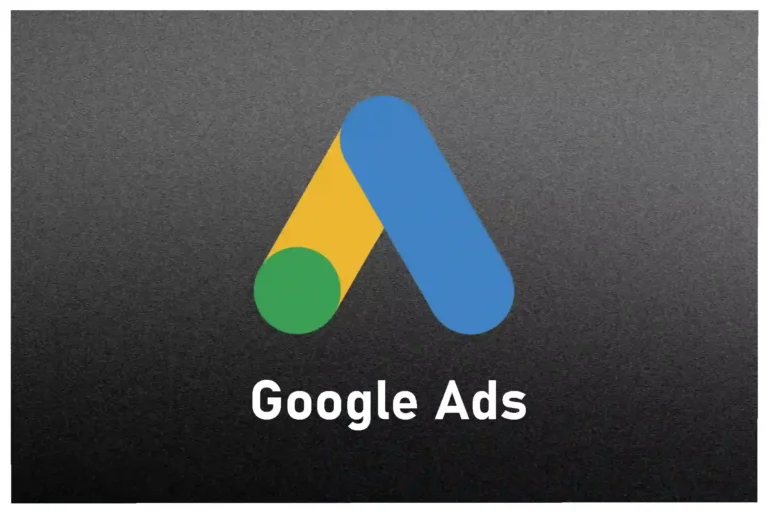
Of course, Google is one of the main search engines. Here are some tips for using Google advertisements:-
a. Keywords – a keyword may be a set of terms entered by a user during a computer program. It can be a single word, several words, or indeed a whole phrase, for example. “what is digital marketing ” keywords let Google know which advertisements apply to a particular user at a particular time.
b. Match types – match varieties verify to what extent the term entered by the user within the search engine matches the keyword. In Google advertisements, from the broadest to the strictest, you’ll find a broad match, expression match, and exact match. You can also set negative matches (searches for which you do not want your advertisements to be shown).
c. Advertisements – the advertising displayed on the Googles search engine is substantially based on textbook advertisements conforming to a title visible URL, description, and extensions.
d. CPC (or cost per click) – the price you pay for each of your advertisements, which in turn depends on the position of quality and bids set.
2. Microsoft advertising & Bing advertisements:
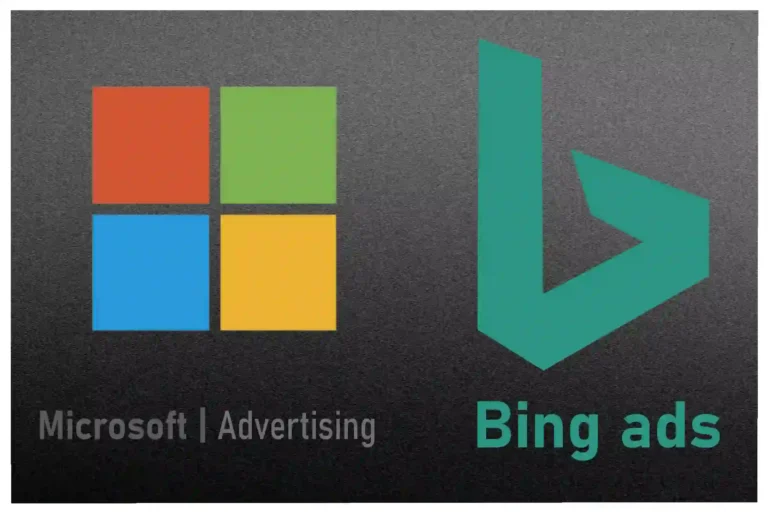
This is a veritably solid option for Google advertisements, as it reaches an applicable implicit audience( nearly 10 of the market share) and has veritably good targeting and configuration options. In general, it’s a veritably alike tool to Google Advertisements, but there are some differences that you should beware of
a. Negative keyword matching is stricter. You can only place negative keywords with expression matching.
b. Bing sets a minimal quantum for maximum bids.
c. Bing’s position options allow you to specify a radius within a megacity or Zip code.
d. You can schedule advertisements to show in 15 minutes increments throughout the day, or to appear only at certain times.
e. Bing has image-specific and stock–specific extensions.
f. You can set up different time zones within a single campaign.
g. It filters reports grounded on search mates and discards those you aren’t interested in.
3. Yahoo advertising:

In yahoo advertisements, you find
a. Search advertisements – the most classic SEM format which shows advertisements in the search engine when users enter a specific keyword.
b. Display advertisements – these advertisements are placed at the top, bottom, to the side, or in the middle of the content and can be used for remarketing.
c. Sponsored advertisements in different formats – Image, carousel, and native videotape advertisement
d. Mail advertisements – These advertisements are integrated within inboxes and through banners.
Conclusion:
Finally, search engine marketing (SEM) is a sort of online marketing that includes boosting websites and web pages by paid search engine advertising. It comprises a variety of strategies such as pay-per-click (PPC) advertising, cost-per-impression (CPM) advertising, and display advertising, which include paying search engines to display adverts on search engine results pages (SERPs) and other websites.
SEM may be a powerful tool for driving targeted visitors to a website, generating leads and sales, and raising brand recognition. It is especially important for businesses and organizations who wish to reach their desired audience fast and efficiently and accomplish certain marketing goals.
To properly use SEM, campaigns must be carefully planned and executed, target keywords and areas identified, a budget determined, and campaign performance monitored and tracked. Companies and organizations may successfully reach and connect with their target audience and achieve their marketing objectives by combining SEM with other digital marketing methods including search engine optimization (SEO) and social media marketing.
FAQs:
Q-1. What is the cost of SEM?
The type of campaign, the keywords targeted, the sector, and the degree of competition all affect how much SEM costs. For instance, the maximum amount an advertiser is willing to pay per click affects the price of PPC advertising.
Q-2. How long does it take to see the SEM results?
Depending on how competitive the target keywords are and how well-written the ad copy and landing page are, it may take a while before an SEM campaign starts to yield results. While it may take several months to see the results of an SEO campaign, some businesses see results from PPC advertising within a few days.
Q-3. How is the effectiveness of an SEM campaign assessed?
Metrics such as click-through rate (CTR), cost per click (CPC), and conversion rate can be used to evaluate the performance of an SEM campaign. These metrics assist advertisers in tracking campaign success and making data-driven decisions to improve their results.

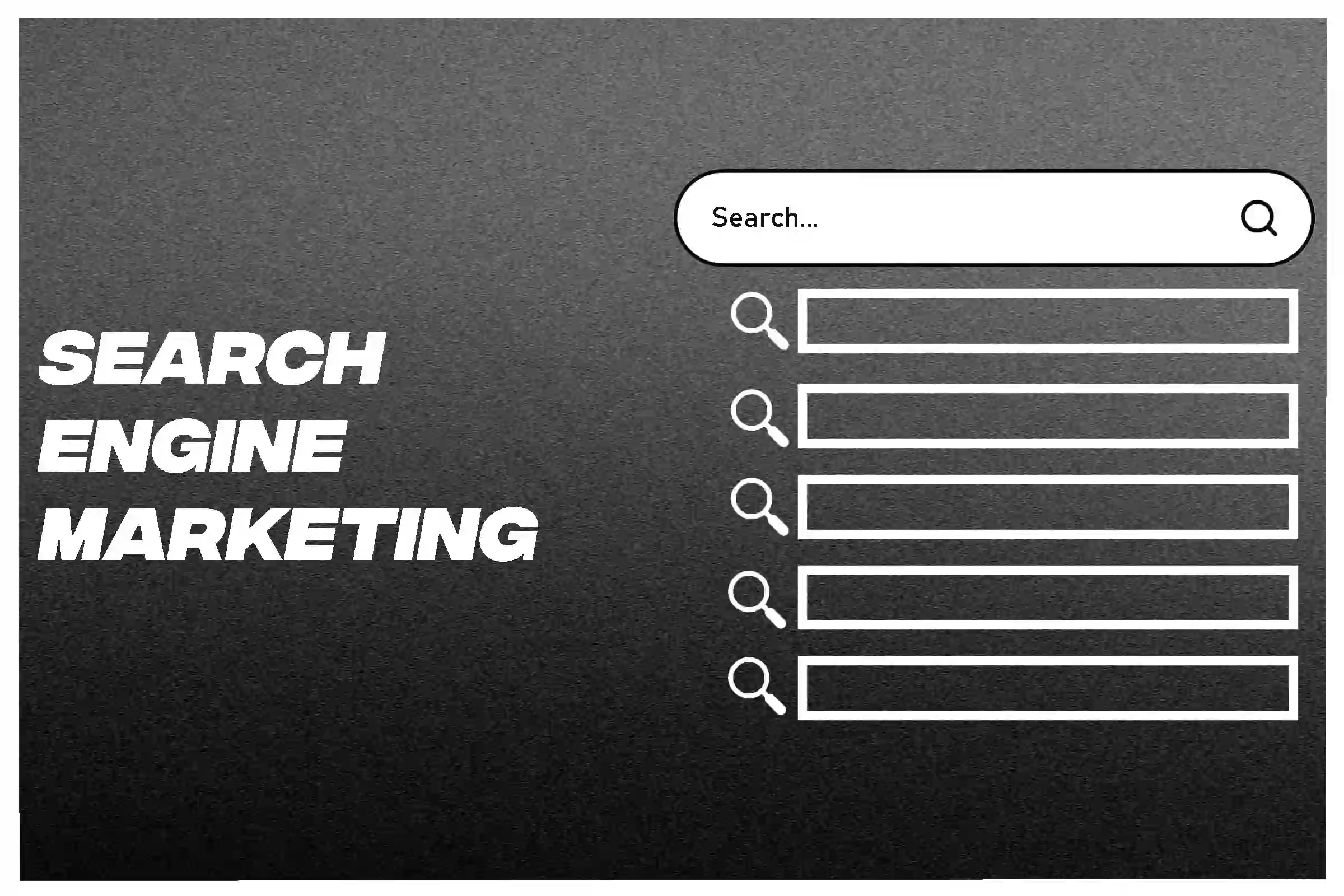
Itís hard to find experienced people about this topic, but you seem like you know what youíre talking about! Thanks
Thanks for noticing. It’s great to hear that!